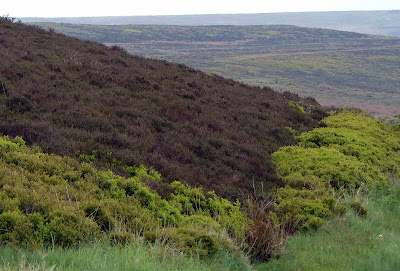

 Bolton Abbey, Yorkshire
Bolton Abbey, Yorkshire'From Bolton's old monastic tower
The bells ring loud with gladsome power...'
William Wordsworth
Wordsworth was inspired to write his poem, 'The White Doe of Rylstone', as a result of his visit to Bolton Abbey. A revised draft of the poem, with textual alterations in the handwriting of Mary Wordsworth, the poet's wife, was bought by The Wordsworth Trust in 2007 for £9000. Poets struggle with the issue of revision: it was Paul Valéry (1871 - 1945) who wrote that 'a poem is never finished, only abandoned'. Wordsworth's poem was drafted initially in 1807/1808. The revisions were made post-publication, prior to the second edition of 1820.
It would be very interesting to know your views or personal revision policies. Do you feel that your poems continue to evolve post-publication or is there a point at which the words 'set' for better or worse?
On a different note, Australian poet, Emma Jones, is to be the next Poet in Residence for the Wordsworth Trust.
- Visit Bolton Abbey, part of the Chatsworth Estate
- Wind farm plans for 'Turner Landscape' at Bolton Abbey (Telegraph, 2008)











